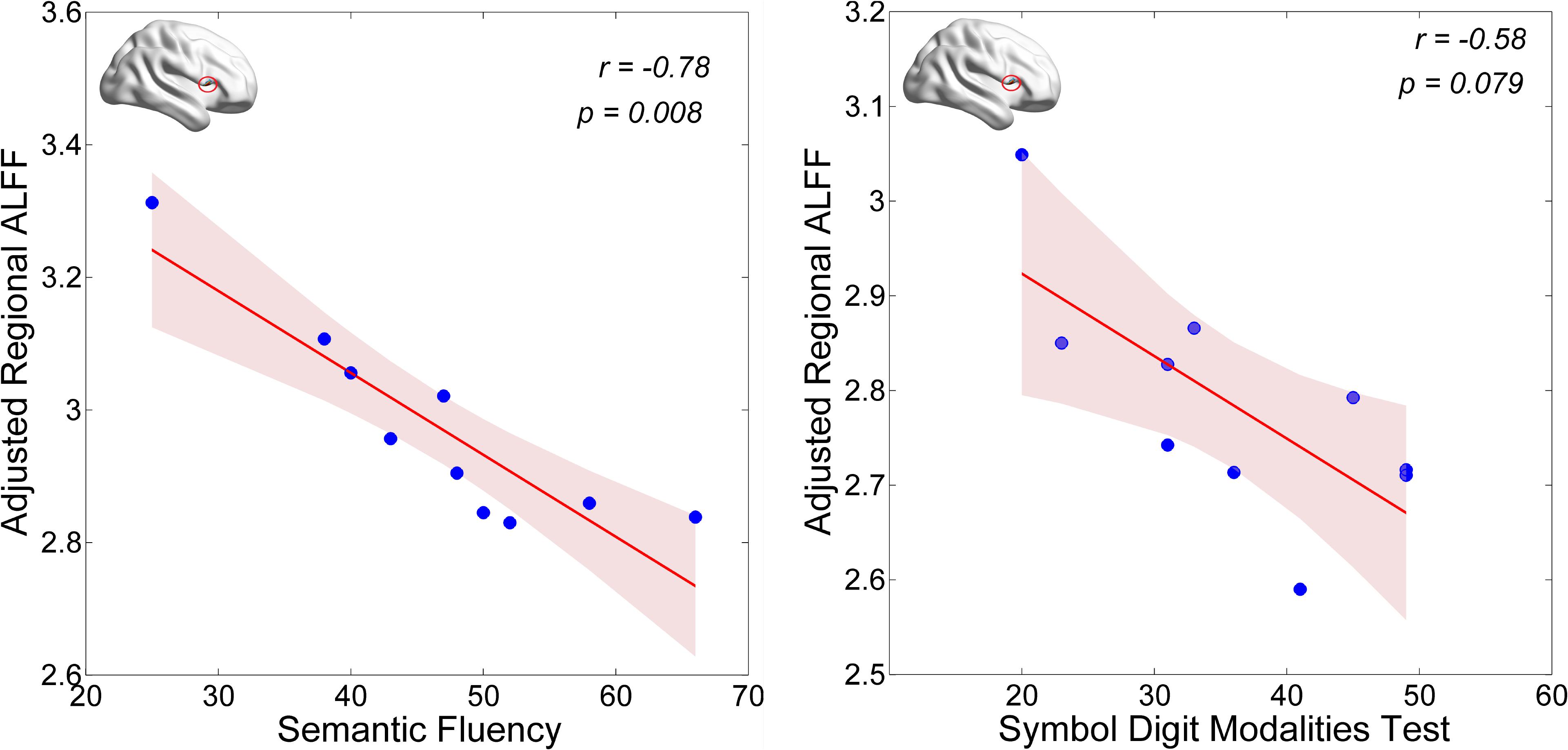

The Japanese version of MoCA (MoCA‐J) is more useful and sensitive to predict or detect progression from IRBD to dementia, because it can effectively identify abnormal findings that are common to cognitive impairment in PD or DLB. However, an international study of the prediction of IRBD progression showed that the combined use of MMSE and MoCA as a brief office‐based cognitive test had a hazard ratio (HR) of 1.55 (1.15–2.11), whereas MoCA alone had a non‐significant HR of 1.47 (0.93–2.32), for IRBD progression. MoCA is a good measure of cognitive function because of the lack of a ceiling effect and good ability to detect cognitive heterogeneity. Recent reports indicate that Montreal Cognitive Assessment (MoCA) is superior to Mini‐Mental State Examination (MMSE) for the evaluation of cognitive function, particularly for the detection of MCI. Recently, the prodromal DLB diagnostic study group proposed operationalized criteria for Mild Cognitive Impairment‐ Lewy body (MCI‐LB), and 123I‐metaiodobenzylguanidine ( 123I‐MIBG) cardiac scintigraphy was positioned as one of the proposed biomarkers for MCI‐LB diagnosis for research. Early prediction of the onset of α‐synucleinopathies in high‐risk patients is important for early interventions and disease modification therapy. However, the factors leading to increased short‐term risk of developing neurodegenerative synucleinopathies are not well‐known. Long‐term follow‐up of IRBD patients has revealed high risk of α‐synucleinopathies, including Parkinson's disease (PD) or dementia with Lewy bodies (DLB) (eg, Lewy body diseases ) or multiple system atrophy. Idiopathic/isolated RBD (IRBD), which develops in middle or old age, suggests the existence of α‐synuclein pathology in the brain. Rapid eye movement (REM) sleep behavior disorder (RBD) is a REM parasomnia characterized by dream enactment behavior and REM sleep without atonia (RWA) on video‐polysomnography (video‐PSG).


 0 kommentar(er)
0 kommentar(er)
